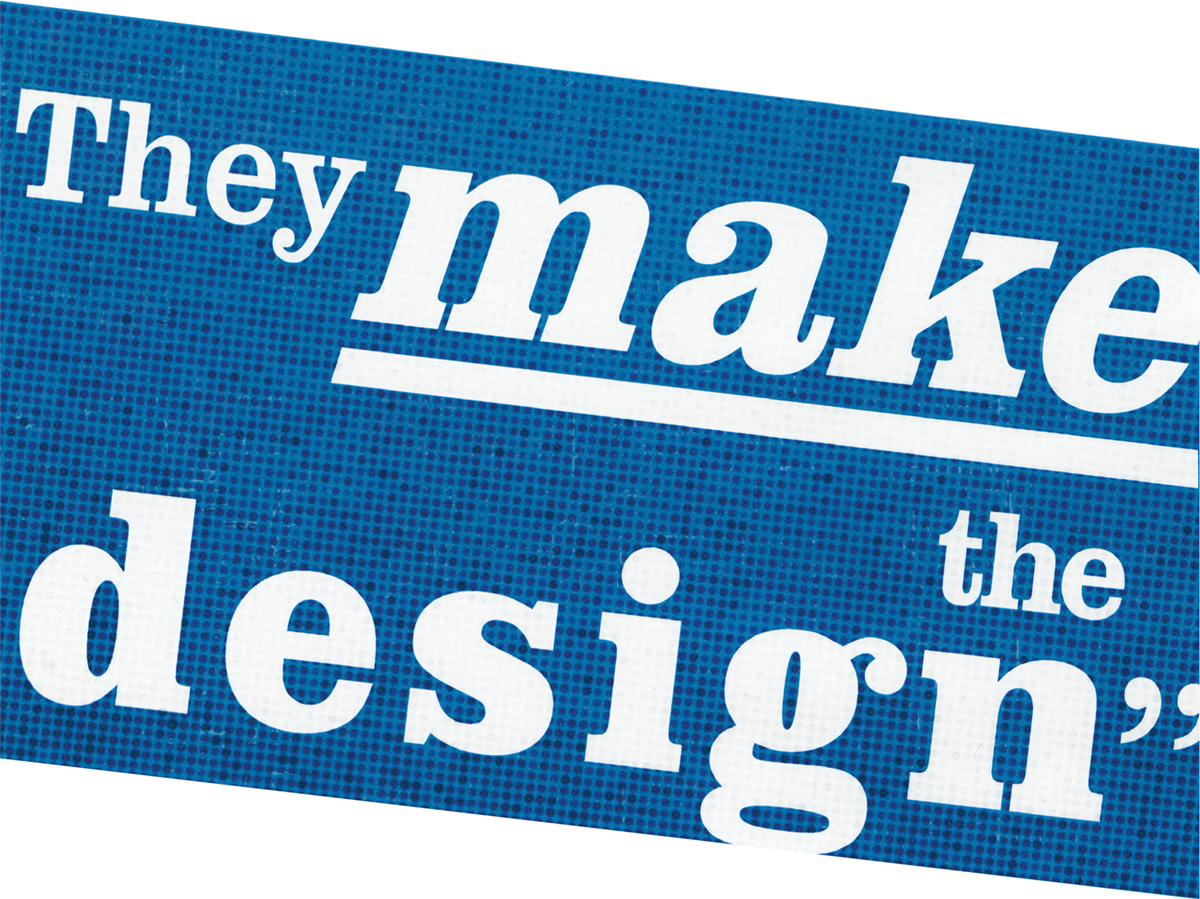A look into the life, love, and play of the most influential American designers of the 20th century
As designs become easier to produce with new technologies speeding each step of the process, we look for projects that have endured through generations, and ones that were meticulously crafted through forge and fire, and those that crafted them, to draw inspiration and motivation from, and place into the heart of our own work. Groundbreaking films like the Powers of Ten or furniture designs like the Eames Lounge Chair that have stood the test of time and braved the battlements of mimicry but have come out the other end unscathed.
Relentless, in all but demeanor, reserved, but not with work, in the pursuit of designing for all, perhaps today, more than ever before, are more designers like Charles and Ray Eames necessary. At the heart of their work was a desire for practicality followed by the inevitability of beauty, practicality that would allow every individual, regardless of economic status, to enjoy and take as much pleasure in their designs as they did. People first, design second.
As Charles Eames himself once said, “The role of the designer is that of a good, thoughtful host anticipating the needs of his guests,” for how can one create something useful and valuable for someone without first considering their needs and desires? While many designers have left legacies, for some of the reasons listed above, an inevitable interest began to take shape in my mind upon hearing the story of the Eames, as I hope it will in your mind too, as I share with you the spirit of collaboration, emphasis on ethos, and innovative lifestyle of design that Charles and Ray Eames practiced during their expansive and impactful life and career together.

Born five years apart on near opposite sides of the country, Charles Eames on June 17, 1907 in St. Louis, Missouri, and Ray-Bernice Kaiser on December 15, 1912 in Sacramento, California, their paths wouldn't cross until much later in their lives, as blossoming creatives on opposite sides of the academic coin entering Cranbrook Academy of Art in Michigan in 1940. Charles, an instructor with over 10 years of industrial and architectural experience, and Ray, an abstract painter returning to school after a stint of studying in New York under Hans Hoffman, soon became close friends, marking the beginning of a lifetime of collaborative partnerships.
At the end of the war in 1945, as America's wants and needs began shifting, furniture once again became a high priority, and a new ethical emphasis for practice surfaced in the Eames work to mirror these shifting times. “Low-Cost, High Quality” furniture was the democratic mantra of the Eames office and their goal was socially conscious standardization and assembly-line production for returning GI's.
Since their process for manufacturing molded wood designs had already been developed, Charles and Ray picked up where Charles' winning MOMA design left off, and began applying the technique to furniture. They began by shifting the production of their war-time splint company onto a humble collection of three chairs: Dining Chair Wood, Lounge Chair Wood, and Dining Chair Metal, which were believed to have the most marketing potential by distributor Herman Miller Furniture Company. Soon, the interest and market for these chairs exploded as the Eames' modernist approach to furniture took over the post-war homes and offices of America, enabling them to expand into more types of chairs, tables, cabinets, and even toys, such as the Eames Elephant, using their innovative molding and manufacturing techniques. Following the success of their wooden domestic furniture pieces, the Eames branched out into new methods of production, utilizing new industrial materials like plastic, aluminum, and wire mesh to finally create mass-produced furniture that anybody could afford in the form of their 1953 Zenith Plastics' produced Fiberglass Armchair. While the most affordable of their offerings to date, this design would never surpass the popularity of their next breakthrough, with their luxurious, but bestselling and instantly recognizable, 1956 Lounge Chair and Ottoman, which would go on to sell 100,000 units in under 20 years.

While the Eames were a huge proponent of entirety design, this principle never fully revealed itself in their work until they began integrating their designs into spaces where scale played a role in usability and communicating ideas however, such as their exhibit designs for IBM's pavilion for the 1965 World Fair, their home “Case Study No.8 ”, the Mathematica exhibit, and most prominently and potentially importantly, in their 1968 film, Powers of Ten. Revered as a masterpiece, Powers of Ten brought together nearly every unique aspect of the Eames career into one culminative piece: a collaborative spirit, seen with composer Elmer Berstein, their emphasis on ethos, demonstrated with their invested pursuit of making science accessible, interesting, enjoyable, and thought provoking, and their innovative lifestyle centered on design, revealed in the filmmaking process.
In 1969, Charles Eames passed away at the age of 71 of a heart attack while on a consultation trip, making the film one of his last significant accomplishments. After his death, Ray collected, catalogued, and recorded their lifes work together, and ten years later, on August 21, the anniversary of his death, passed away as well.
Through each collaboration, whether it be industrial, textile, graphic, or architectural, the core of the Eames design mentality and philosophy remained the same; “to make the best for the most for the least.” This unwavering adherence to their strong code of ethics, the way in which they applied it into their practice on a daily basis, and their unparalleled, two-sided collaborative partnership paired with an unrelenting explorative and iterative process are a few of the many reasons why Charles and Ray Eames are my design heroes, and why they should be one of yours as well.
